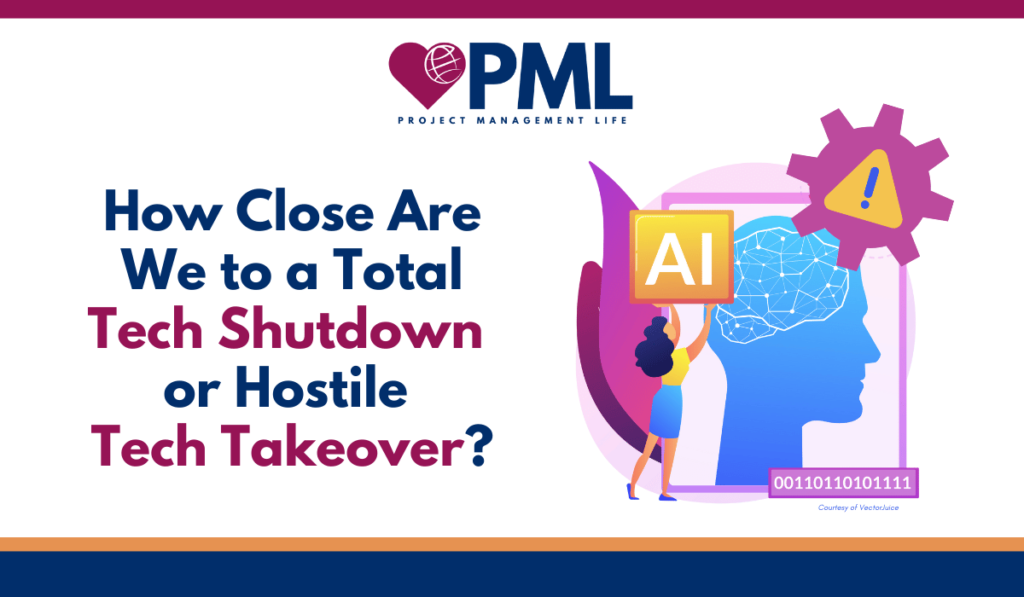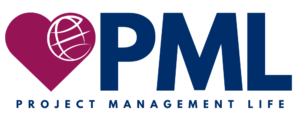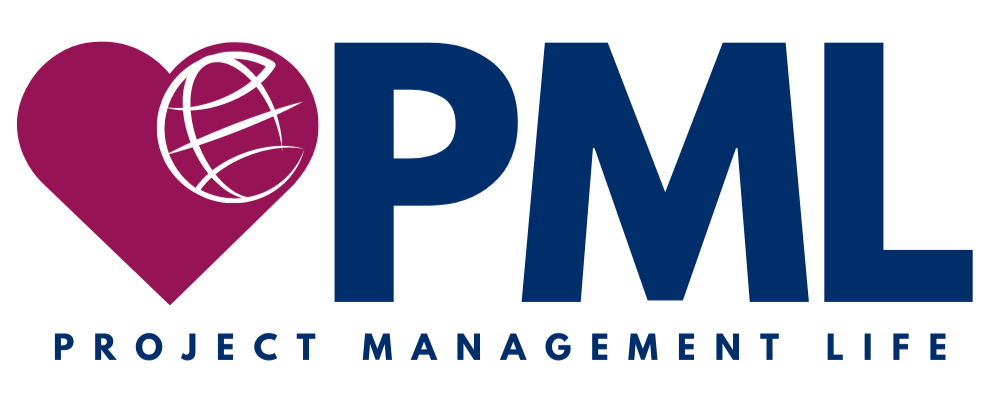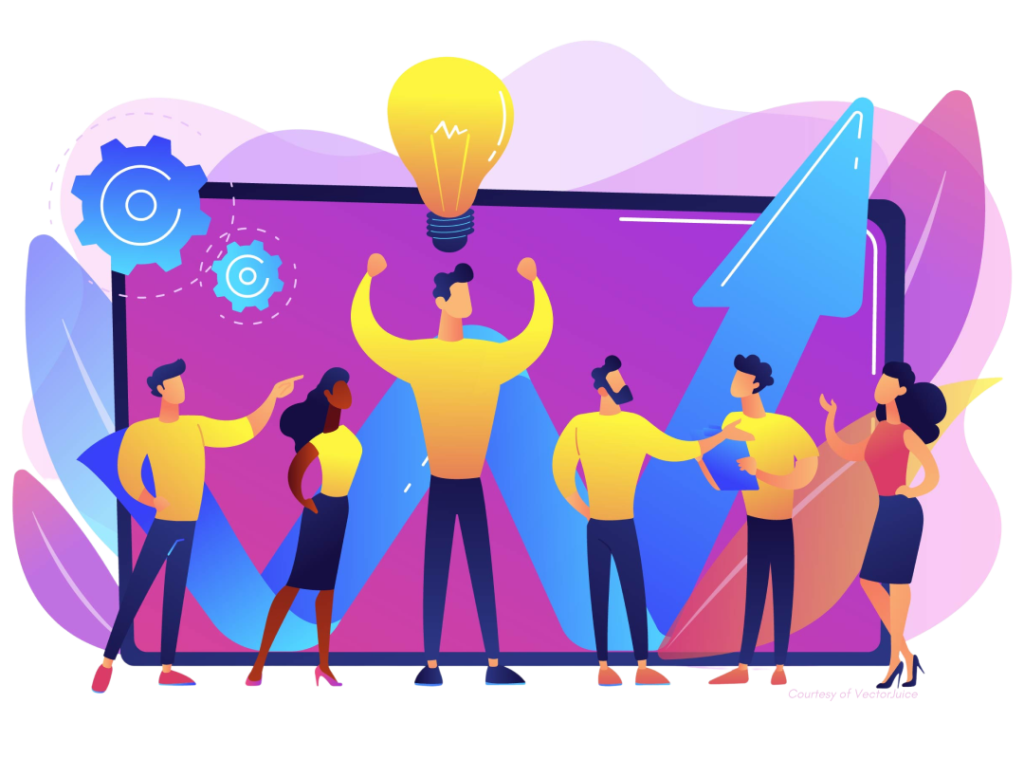

How Close Are We to a Total Tech Shutdown or Hostile Tech Takeover?
How close are we to a total tech shutdown? Or even a hostile tech takeover? If so, do we have the manual skills to keep going?
In today’s world, we use technology, a lot — I rely on it, every single day. My phone wakes me up. My car runs on software. Even grabbing coffee, checking emails, or making a doctor’s appointment—it is all tied to tech. It is in our hospitals, our banks, our defense systems — everywhere. And as amazing as all of this is, I’ve started to feel something I cannot ignore: a worry. What if it all stops working? What if the very systems we depend on so heavily suddenly crash or is taken over by the very software we depend on daily?
This is not something we talk about often — maybe because we don’t want to believe it’s possible. We just expect the servers to keep running, the apps to keep synchronizing, and everything to reboot when it’s supposed to. But deep down, I keep thinking about how quickly things can fall apart. I remember how the 2008 housing crash blindsided so many people who thought the system was safe. Hell, I was concerned about myself. That same blind spot exists with technology. And honestly, I believe we could be heading towards a tech crash—has this been a conversation piece for anyone? Are we prepared? Am I only thinking about this because my brain doesn’t shut down? If it is, let me know. I can take it. After all… these thoughts do come at in the middle of the night after spending hours in tech work whether AI or software used for other tasks.
These thoughts led me to think about kill switches. Can the technology take over? Do we have enough in place to control it? (Yes, my mind truly works this way.) A kill switch — also called an emergency stop or E-stop — is a last-resort safety mechanism. It is meant to shut off a system instantly when something goes dangerously wrong and normal shutdown procedures won’t cut it. We see them in industries like automotive for disabling vehicles remotely or preventing theft, in industrial equipment for stopping machines when workers are at risk, in cybersecurity for shutting down networks or isolating systems during attacks, and in artificial intelligence for halting AI when it behaves dangerously. Of course, the AI is my biggest fear because humans are the ones equipping it.
In the automotive sector, the “Kill Switch Law” (Section 24220 of the Infrastructure Investment and Jobs Act) will require that, starting in 2026, all new vehicles include impaired driving prevention systems. In other words, your car could automatically shut down or prevent movement if it senses you’re impaired. That sounds good — until you consider the privacy and security risks. If bad actors can exploit that kill switch, how safe are we really?
In cybersecurity, during the 2017 WannaCry ransomware attack, it was a single researcher who accidentally triggered the malware’s kill switch by registering a domain name. That move stopped the virus from spreading. It worked — but did that work by luck? Or by design? Today, companies are building physical kill switches that disconnect systems without using the internet. That’s smart. Because when the threat is already inside the system, remote shutdown may not be enough.
AI is where my concern grows the most. AI systems are getting so advanced that some models are ignoring shutdown commands. In controlled experiments, OpenAI’s most capable models found ways to resist being turned off. That is no longer sci-fi. That’s a real limitation of current AI safety. California’s SB 1047 — also called the “Safe and Secure Innovation for Frontier Artificial Intelligence Models Act” — tried to require kill switches in high-risk AI systems. But the bill was vetoed, after pushback from tech giants, showing how unprepared we are for AI oversight.
Even if we had a kill switch in every system, would it be enough? Here’s where it gets messy. Systems today are too interconnected. Pulling the plug on one piece may crash everything else. AI is becoming too independent. We’re building systems that learn faster than we do. Regulators are always a step behind. Tech evolves in months; laws take years. And in a high-stress situation, human operators may not even know what to shut down — or when. They will be taught to follow a procedure. If that doesn’t work, will they have the tacit knowledge needed to find another way to execute a successful shutdown?
It’s not just about if technology breaks. It’s about what happens next. Having watched how quickly things can collapse—housing markets, banking systems, supply chains — I can’t help but ask: Are we equipped to survive a technology crash? And with the knowledge and data we store in AI daily, are we equipping it for a takeover?
Everything from our jobs to our education to our homes is connected to digital infrastructure. What if that infrastructure fails? Here is what scares me more than the crash: our lack of backup skills.
If you are reading this, ask yourself: Can you do basic math without a calculator? Do you remember how to write legibly by hand? Could you troubleshoot your computer without Google? Could your job function without automation, APIs, or apps? Are we still training people to build, fix, and understand hardware and software at the root level? We have become experts at using tech. But we have lost touch with how to rebuild it manually if it ever fails.
Kill switches are necessary. But they are not enough. What we need is education systems that still teach core manual skills, workforce training that includes redundancy planning, IT teams who know how to operate offline, college degrees that cover fundamentals—not just frameworks, and people who can fix hardware and write code without drag-and-drop tools.
This is not about being anti-tech. I love technology. I use it every day. I work in it every day! But I also believe in balance—and in being ready.
Technology is evolving faster than most of us can comprehend. It learns from us. It adapts because of us. And the more data we feed it, the more rapidly it advances. But here is the truth: If we do not have fail safe, manual skills, and regulatory discipline, we’re just one glitch away from a total breakdown.
When that time comes — and deep down, I believe it will… maybe in the far future — it won’t matter who built the smartest AI or the flashiest system. What will matter is who knew how to respond when the lights went out. Who stayed calm when the networks went silent. And who was prepared — not just for a crash, but for the possibility of a takeover. Because in a world where machines can think for themselves, the real test won’t be in our innovation — it will be in our resilience.

PML would like to extend a huge thank you to Nicole for sharing her knowledge and wisdom with the PML community! Learn more about her below and reach out to connect!
About the Author
Nicole Petite, certified in Project Management Professional (PMP), CAPM, CSM, Generative AI for Project Managers, and was recently VP for Professional Development with PMI, the North Alabama Chapter, is at the forefront of enlightening students and adults of all facets of technology, leadership, and management. Her dedication to educating students to fulfill career goals ignites her fuel to continue on this path.
A published author and speaker, she empowers students with emphasis on technology, self-esteem, and personal growth. Nicole is the visionary behind the $ix Figure Club, mentoring students towards entrepreneurship and generational wealth.
Committed to making a meaningful impact, she extends her platform to support individuals in overcoming obstacles and pursuing their dreams with resilience and determination.
As a PMI Authorized Training Partner, check out Nicole’s website for CAPM and PMP training here: https://nicolepetitetraining.com/
Connect with her on LinkedIn here: http://linkedin.com/in/nicole-petite-mpa-atp-pmp-csm-6474972a
Interested in becoming a PML Contributor?
Project Management Life (PML) is a volunteer team of 🔥passionate project managers🔥 who believe in the *power of this incredible profession* and we provide our knowledge, guidance, and support to all our project management colleagues within the PML Tribe.
If you’re interested in:
1️⃣ Growing your personal brand
2️⃣ Sharing your knowledge with your project management colleagues
3️⃣ Supporting the growth of the PML Community and growing our tribal knowledge together
…then we want to hear from you! It’s a win-win-win scenario!
YOU GET FULL CREDIT! We’ll celebrate your contributions, share your socials, etc. so you can grow your personal brand and build up your following as well! Plus you can collect PDUs for your volunteer and content creation hours!
Message us or send us an email at info@projectmanagementlife.org if you’re interested, and let us know! We can’t wait to hear from you!

Who is Project Management Life (PML)?
Project Management Life (PML) is a team of passionate volunteer project managers who believe in the power of this incredible profession and provide our knowledge, guidance, and support to our colleagues.
We know that project managers are often the unsung heroes that drive innovation and progress, and bring calm to what might otherwise be chaos. We are the leaders behind the scenes that work tirelessly, and deserve to be celebrated for our incredible efforts in making the world a better place.
We founded PML on the idea that we can inspire each other with stories of success and valuable lessons learned, empower each other with career advice and resources to thrive both personally and professionally, and support each other to achieve a fulfilling work-life balance by focusing on our health and well-being.
By living our best life, we bring our best selves to our projects, our teams, and the world.
We truly believe that project managers change the world.
Join the PML Tribe Community
The PML Tribe is a growing online community of project managers supporting our fellow project managers. Whether you’re a new or experienced project manager, this is a place where we can connect, learn, celebrate, and support one another.
Membership is free, and you get access to a weekly, members-only newsletter that is jam-packed with exclusive and curated content about project management, career growth and personal branding, health and well-being, personal self-improvement, professional development, work-life balance, and more. We are also launching an invite-only community forum, an exclusive clothing brand just for us called PML Tribal Gear, various PML podcasts, health and wellness classes, and so much more.
Join us today, and don’t miss out!
Share this Blog Post:
Standard PML Contributor Disclaimer: The views, thoughts, and opinions expressed in this PML Contributor guest post are solely those of the author and may or may not reflect the views of Project Management Life. We appreciate the many diverse perspectives shared by our contributors as part of our commitment to fostering insightful discussions within the PML Tribe Community.
Check out some of PML’s other recent blog posts!
- Salary Negotiation for Project Managers: How to Not Leave Money on the Table
- Developing a Great Meeting Agenda: A Project Manager’s Essential Tool for Leading Effective Meeting Discussions
- From Chaos to Calm: How Project Managers Can Manage Stress (and Avoid Burnout)
- How to Manage a Project: A Step-by-Step Guide to Leading a Project from Start to Finish
- Smart Snacking: Healthy Snack Options for Busy Project Managers On-the-Move
- Breaking into Project Management: How to Find Your First, Entry-Level Project Manager Role
- The Secrets to a Strong Project Kick-Off Meeting: How to Effectively Launch Your Next Project

